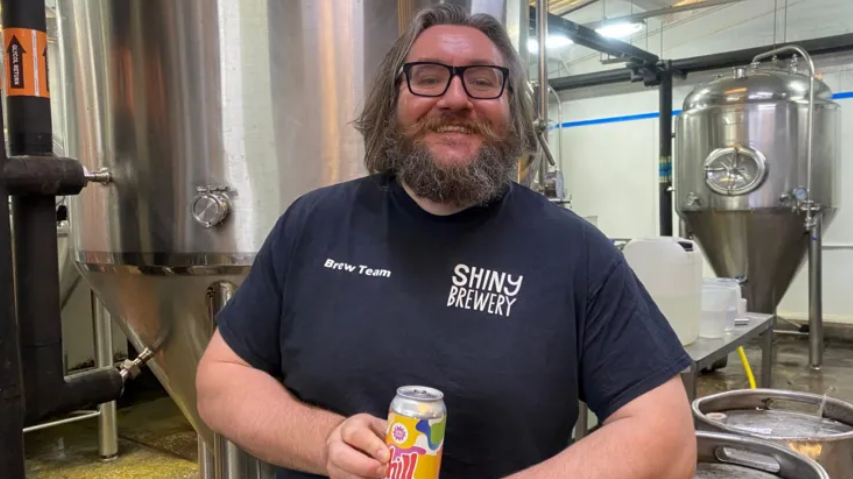Non-alcoholic and low-alcohol beer is quickly becoming a staple on bar menus across the UK, with sales continuing to surge as more consumers opt for healthier drinking habits. However, brewers and publicans say that behind the growing demand lies a costly and complex production process — one that makes alcohol-free beer anything but cheap.
According to the global drinks data firm IWSR, the UK’s zero and low-alcohol beverage market is projected to be worth up to £800 million by 2028. In 2024 alone, over 120 million pints of no and low-alcohol beer were consumed across the country, with that figure expected to rise by another 20 million this year.
But despite the increasing popularity, brewers say producing these alternatives involves more time, ingredients, and technology than many realise.
“It costs more to produce an alcohol-free beer because it involves more processes, more technology, more time and more ingredients,” said Ben Wood, a brewer at Thornbridge Brewery in Bakewell, Derbyshire.
While the brewing methods may resemble those of traditional beer — using grains, hops, yeast, and fermentation — creating low-alcohol content requires adjustments that can be costly. Brewers often use less malted barley and more hops to maintain flavour. Others, like Shiny Brewery in Derby, experiment with special yeasts that naturally limit alcohol production.
Some larger producers, such as Heineken, invest in vacuum distillation, a high-tech process that removes alcohol at lower temperatures while trying to preserve the beer’s flavour profile.
For smaller breweries, such added steps mean higher production costs without significant savings. Chris Butcher, manager at Shiny Brewery, said the operational cost of brewing alcohol-free beer is similar to regular beer. Although alcohol-free products are exempt from certain taxes, Butcher notes that “the additional cost of processing will take up more than half of this saving.”
On average, brewers make just 2p profit per bottle of alcohol-free beer, while pubs make around 12p per pint, according to the British Beer and Pub Association (BBPA).
Despite these challenges, public interest continues to grow — driven largely by health-conscious younger drinkers. Alcohol Change UK reports that 43% of people aged 25-34 have growing concerns about the long-term impact of alcohol, compared to just 18% of those over 55.
However, price remains a sticking point for some. “The fact we have to sell it at the same price as regular alcohol is not a great incentive,” said Steve Kirk, who runs the Neptune pub in Derby. “If it was cheaper to buy, we’d reduce the price.”
While some customers like Clare Wragg, 55, see value in the taste and health benefits, others — particularly younger drinkers like Amit Gill, 24 — say the cost is a deterrent.
Still, with the no- and low-alcohol category expected to continue expanding, producers and venues are betting that quality and choice will keep customers coming back — even at a premium.


